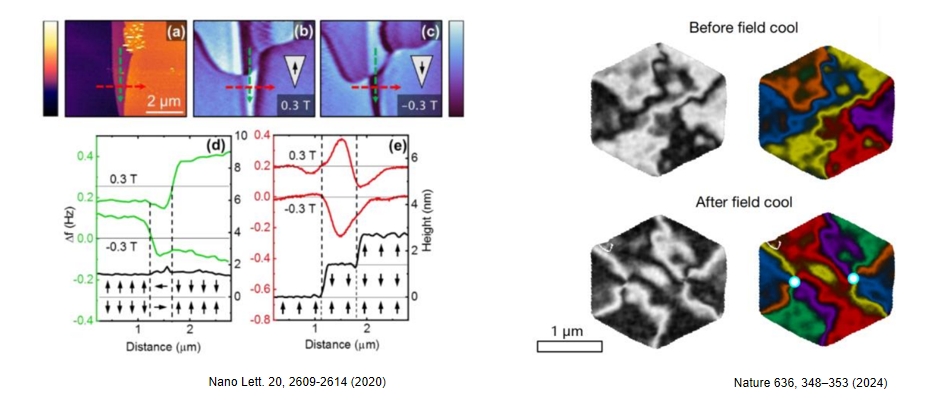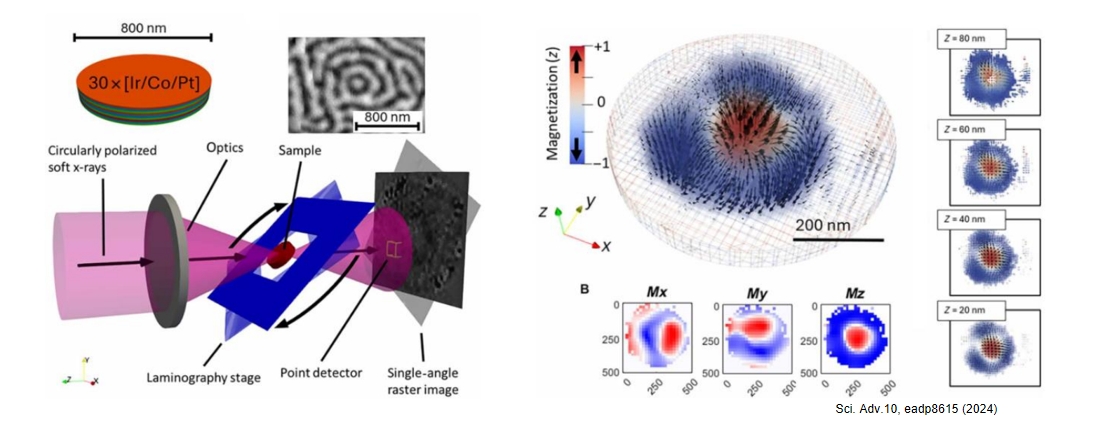- Mass Spectrometry for Energy Transformation and Astrochemistry
- Extreme Ultraviolet Electronic Structure Characterization and Lithography
- Electronic Structure Characterization for Operando Micro/Nano Devices
- High-sensitive, Space-Resolved and Time-Resolved Electron Spin Dynamics
- In-situ/Operando Soft X-ray Spectroscopy and Scattering
- Soft X-ray Ptychographic Nanoscopy
- Resonant Coherent Scattering
- High Throughput In-situ/Operando Tender X-ray Spectroscopy
- Tender X-ray Spectromicroscopy and Ptychography
- Test Beamline

Scientific Scope 1-1: The TEST beamline aims to support the in-house development of SR instrumentation. The endstation for thermal management research is built to investigate the cooling schemes for the optical elements. It can help to tackle the ever-increasing thermal problem when the storage ring goes to diffraction-limited. The endstation for X-ray optics research provides an experimental chamber to test the in-house developed instrument, such as the bending mirror. By combining the various wavefront sensing techniques, we can obtain the online and at-wavelength feedback for the test of the instrumentation.

Scientific Scope 1-2: The other focus for the TEST beamline is to support the research on soft X-ray optics. The endstation for X-ray optics research is dedicated to this. It provides an experimental chamber to develop the various wavefront sensing techniques. By using these techniques helps to devise all kinds of schemes for wavefront correction. The novel optics designed for advanced experimental methods can also be tested in this beamline.

Scientific Scope 2-1: Spins give rise to diverse correlated states and topological orders; however, magnetic domain formation often suppresses macroscopic quantum effects. Emerging altermagnets combine the advantages of ferromagnets and antiferromagnets, offering new pathways toward device miniaturization and novel quantum states—though domain interference remains an obstacle for property analysis and device integration. Using techniques such as ptychography with in-situ magnetic fields, X-ray magnetic dichroism nanoimaging, and microstructural patterning, researchers can achieve nanoscale imaging of magnetic domains and controlled microstructure formation. These advances support applications in high-density magnetic storage and spin electronics, accelerating the transition of altermagnets from fundamental research to functional devices.

Scientific Scope 2-2: The core goal of skyrmion imaging is to uncover the 3D evolution, multifield control, and room-temperature stability of topological spin structures using high-resolution multimodal microscopy, thereby supporting spintronic device design. Soft X-ray coherent diffraction imaging, combined with 3D vector reconstruction, achieves nanoscale resolution of coupled ferroelectric-magnetic topological states—such as room-temperature polar skyrmions in frustrated magnets—at sub-10 nm scales. In-situ magnetic fields are essential: they allow direct observation of skyrmion nucleation and annihilation, temperature-driven transitions to meron-antimeron pairs, and magnetic/current control over 3D skyrmion interactions. By integrating 3D X-ray imaging, high-field response, and in-situ multifield characterization, skyrmion research is advancing spintronics toward high-density storage, neuromorphic computing, and topological quantum devices.

Scientific Scope 2-3: Coherent diffraction imaging enables non-destructive, nanoscale phase reconstruction for studying quantum materials such as moiré superlattices and Wigner crystals. It reveals defect and strain effects on quantum states—including superconductivity and topological phases—offering key insights into electron correlation phenomena. Unlike invasive methods like STM or TEM, this technique operates under near-equilibrium conditions with minimal perturbation, allowing precise in-situ visualization of electronic order during quantum phase transitions.

Scientific Scope 2-4: Nanoscale electronic order reconstruction—including charge, spin, and nematic orders—plays a critical role in high-temperature superconductors by competing or cooperating with superconductivity at the domain level. In cuprate and nickelate systems, charge density waves (CDWs) form periodic modulations on the scale of 3–5 nm, often coexisting with superconductivity in stripe-like structures. Iron-based compounds such as NaFe₁₋ₓCoₓAs exhibit spin density wave (SDW) domains coupled atomically with superconducting regions, showing distinct energy gaps (~15 meV vs. ~8 meV). Nematic orders break rotational symmetry, forming anisotropic nanodomains observable via X-ray scattering and tunable via strain. These nanoscale reconstructions provide key insights into unconventional superconducting mechanisms and pathways for external quantum state control.

